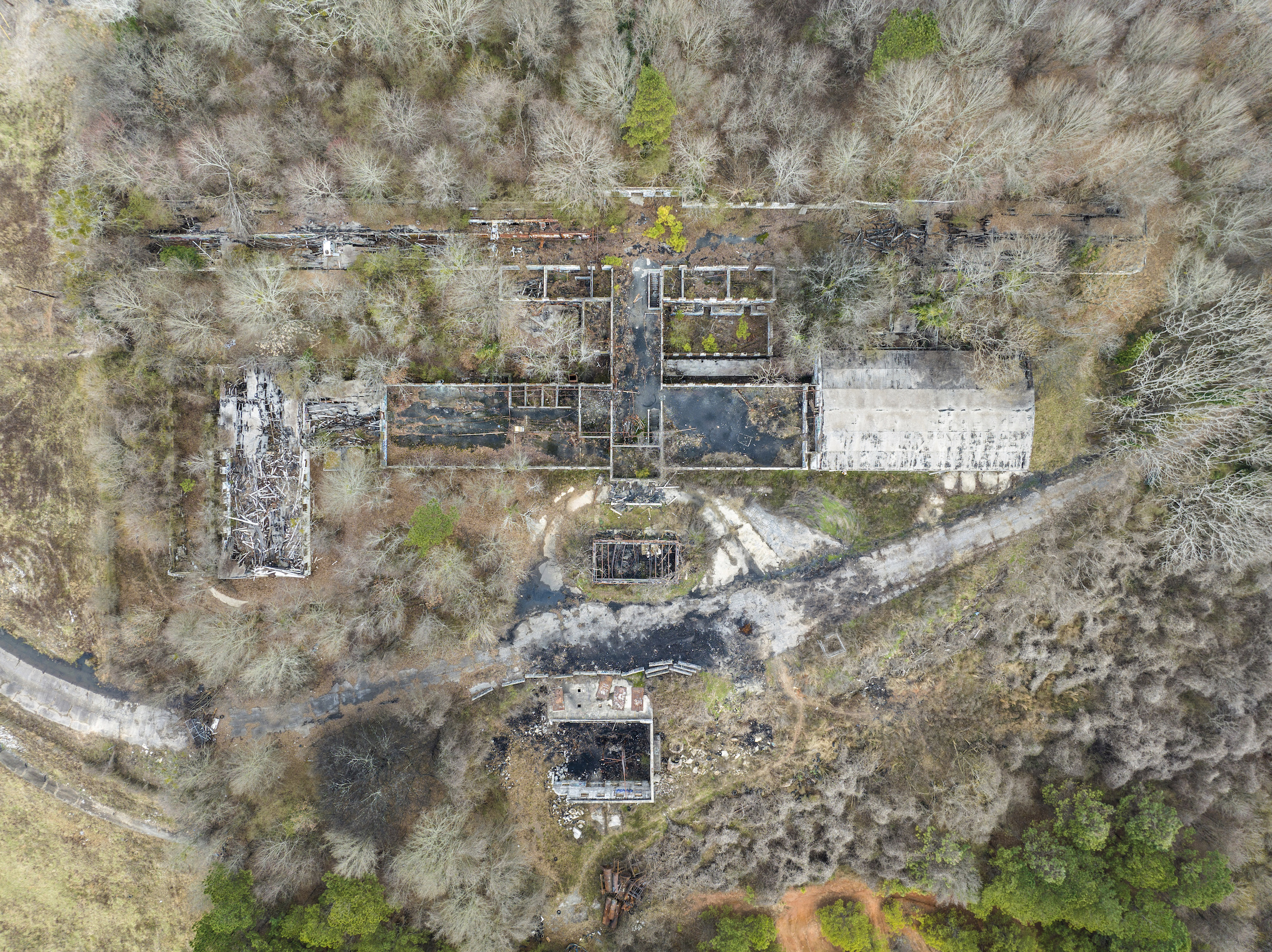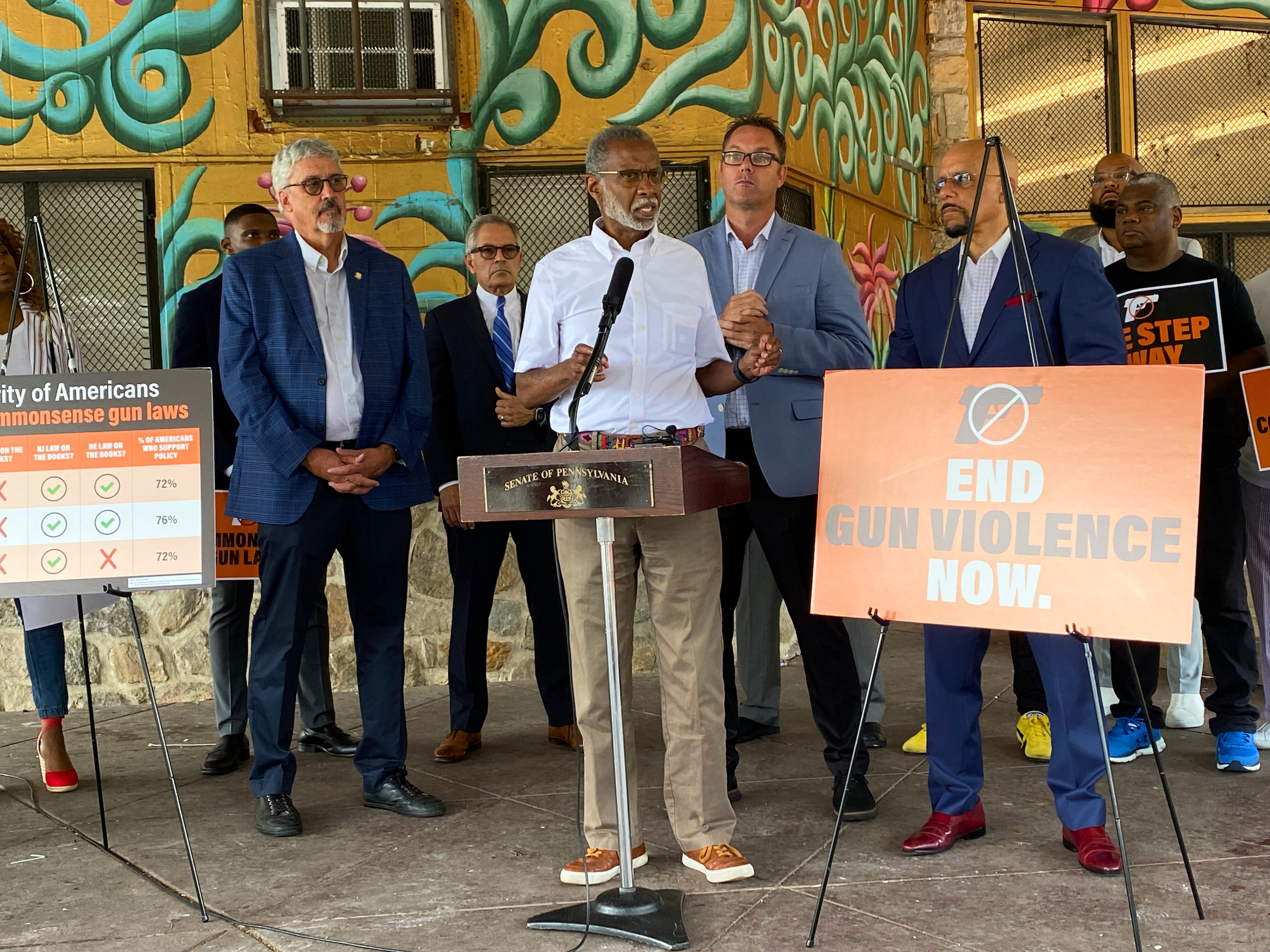In December 2021, Atlanta Mayor Keisha Lance Bottoms sent a news release announcing the formation of the city’s first-ever Office of Violence Reduction. The office was to be charged with coordinating efforts between community-led violence intervention programs and dispersing some $5 million in grants to organizations approaching gun violence as a public health problem.
Community activists in Atlanta met the news with hesitation, questioning whether the office would have the same financial and social support as another proposed initiative at the time: the city’s mammoth $30 million investment in Cop City, an 85-acre police training facility, which many said solidified its commitment to a law enforcement-centric approach to public safety.
Two years on, any hope among those activists that Atlanta was ready to invest in community-based solutions has all but evaporated. The Office of Violence Reduction has been left without a director for months and has failed to launch its first initiative, a city-led community violence prevention program. Meanwhile, the city has more than doubled its pledge to Cop City, rising to a staggering $67 million.
“In deciding where leaders’ priorities lie, it is important to not necessarily follow what they say, but follow how they spend,” said Dr. Thaddeus Johnson, a former police captain and professor at Georgia State University, who studies criminology and criminal justice.
Like many U.S. cities, Atlanta experienced a significant spike in shootings during the pandemic. In 2020, police investigated 157 homicides, a 58 percent increase over the prior year and the most in decades. As shootings increased, there were concerns about safety throughout the city, specifically in more affluent neighborhoods, like Buckhead, which for years has tried to secede from Atlanta, citing crime fears.
Then-Mayor Bottoms responded to the influx in violence with a litany of policy and funding proposals. Her office gave the Atlanta Police Department a bonus of $500 per officer, and held news conferences to speak about the importance of raising police morale. But Bottoms also proposed something unique in Atlanta’s history: Investing money in community violence interruption programs, which seek to reduce shootings by mediating conflicts before they escalate to violence.
In July 2021, Bottoms established an anti-violence advisory council charged with implementing “immediate and long-term actions to address the current wave of violent crime.” The council proposed the Office of Violence Reduction, a city office whose goals were centered around more community-oriented solutions to violence prevention, including coordinating “non-enforcement violence reduction efforts across the city.”
Those goals, however, remain largely unfulfilled.
In March, The Atlanta Journal-Constitution reported that the Office of Violence Reduction had failed to meet many of the initiatives it had laid out, especially concerning violence prevention programs. The office didn’t launch its proposed city-led violence interruption program that was initially planned for 2022, and the $5 million that was allocated for community violence solutions has not been spent in full; about $2 million remains. The office’s first director, Jacquel Clemons Moore, stepped down after only 11 months in the role. Clemons Moore did not respond to requests for comment.
Some city residents said they were not surprised that the Office of Violence Reduction’s efforts have stalled because it follows the city’s leadership pattern focusing on policing instead of programs aimed at reducing violence.
“I am not surprised because it follows a long string of broken promises or actions that they take in order to get the headlines that they then later back off of,” said Micah Herskind, a Stop Cop City organizer and writer based in Atlanta. “There is often no follow-through with these programs. The main area they follow through upon is when they give money to the police.”
Critics of the city’s enormous investment in policing also noted that several other proposals by the mayor’s anti-violence council, rolled out alongside the Office of Violence Reduction, centered on funding efforts by the Atlanta Police Department. Those proposals included the hiring of 250 additional officers and installing 250 street cameras.
“The Office of Violence Reduction is a pretty explicit example that politicians are good at using language, there is a whole lot of language about holistic approaches including violence prevention, but a majority of that funding was going to the police, anyway,” said Dr. Mark Spencer, an internal medicine physician in the city, who is an advocate for nonpolicing alternatives to violence prevention. “Are people in leadership really committed to a holistic vision of public safety, if the vast majority of that vision, and funding is still within the police?”
Mayor Andre Dickens’ office did not respond to multiple requests to speak about the Office of Violence Reduction.
While efforts to fund community violence prevention have lagged, the city’s support of policing has increased, signaled most significantly by the city’s commitment to Cop City. Last month, the City Council voted to approve $67 million for the construction of the training facility, despite 12 hours of public comment from city residents who were overwhelmingly opposed to the project. The vote means that the city will initially invest $30 million from its general fund, along with another $1 million toward the building of a gym. An additional $36 million will come from a leasing agreement with the police foundation over the next 30 years.
The 85-acre facility, located on the site of the Old Prison Farm, a defunct former prison that was operated by the state of Georgia throughout the 20th century, will contain an auditorium; a burn tower; new shooting ranges; space to practice high-speed chases; and a mock-city for urban police training. The project has sparked numerous protests, with opponents arguing that development of the site, which is prone to flooding and is the largest area left of the city’s greenspace, will harm the environment while propagating the militarization of the police.

Even some advocates of policing who don’t believe that the facility will militarize the department have suggested that the money could be spent elsewhere, like improving law enforcement vehicles or higher wages. Anti-violence advocates, meanwhile, continue to point to something they believe is even more critical — that the funding going to the training facility is taking resources away from programs that have long been undersupported.
Initiatives that address what many, including council member Keisha Sean Waites, describe as the “root causes of crime” — income insecurity, housing instability, and lack of healthcare — are often eclipsed in the city’s budget by law enforcement expenses. The city’s proposed fiscal year budget for 2023, its largest in history, includes $247 million for spending directly tied to law enforcement.
Atlanta’s lack of a robust city-supported violence prevention infrastructure is what in part influenced Volkan Topalli to get involved with the new hospital-based violence program, IVYY. That program, funded by Grady Memorial Hospital and a grant from DeKalb County, wasn’t one of the programs funded by the Office of Violence Reduction.
“We have spent so much time and effort on the brute force approaches, it’s time to start thinking about more community-based programs,” Topalli said. “We just haven’t had those types of investment to see if they can do the things we think that they can do.”

